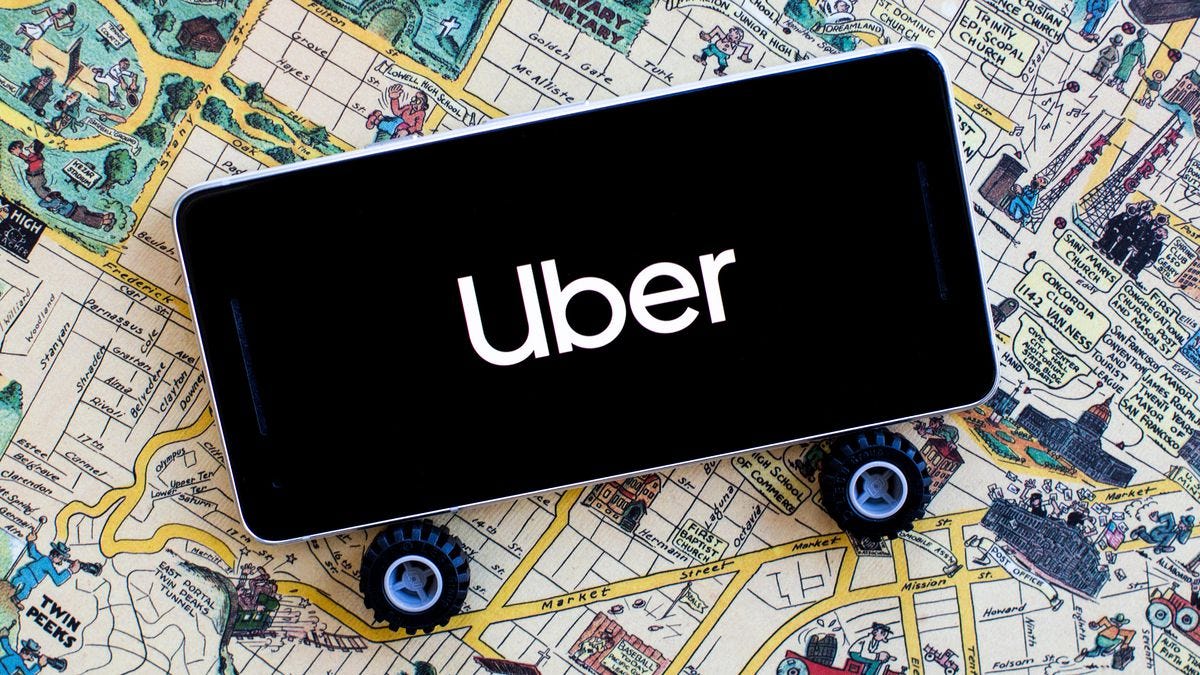Uber has revolutionized urban mobility, reshaping how people commute. If you’re looking to start a taxi business like Uber, this guide provides everything you need to launch a competitive, tech-driven cab service—from business planning and app development to market strategy and operations.
1. Understanding Uber’s Business Model
Uber operates on a platform business model that connects drivers with passengers via a mobile application. To replicate this, you’ll need to build both technical infrastructure and an operational backbone.
Key Components of Uber’s Model:
- Two-sided marketplace (riders and drivers)
- Real-time ride matching
- Dynamic pricing
- Cashless payments
- Driver rating system
Revenue Streams:
- Commission on rides (typically 15–30%)
- Surge pricing fees
- Subscription plans (Uber Pass)
- Ad revenue & promotions
2. Define Your Taxi Business Strategy
a. Choose Your Niche or Region
Instead of going global like Uber, consider a niche or regional focus:
- City-specific service
- Women-only rides
- Eco-friendly rides (EVs)
- Senior transportation
- Corporate commuting
b. Legal Requirements
- Business registration and licensing
- Commercial insurance
- Driver background checks
- Vehicle inspection and registration
- Comply with local transportation authority
3. Core Features of a Taxi App Like Uber
You’ll need to develop three integrated apps/platforms:
a. Rider App
- Registration/login
- Book ride (pickup/drop location)
- Real-time driver tracking
- Fare calculator
- Multiple payment options
- Ride history
- Ratings & support
b. Driver App
- Registration and profile verification
- Trip request notifications
- Navigation integration
- Earnings tracker
- Trip history
- Availability toggle
- Customer rating system
c. Admin Panel
- Manage users (drivers, riders)
- Monitor live trips
- Handle disputes
- Control dynamic pricing
- Analytics dashboard
- Vehicle and driver onboarding tools
4. Design & User Experience
Tools to Use:
- Figma
- Adobe XD
- Sketch
Design Priorities:
- Simple onboarding
- One-click ride request
- Visual route tracking
- Real-time status and notifications
- Accessibility for all user groups
5. Technology Stack to Build a Taxi App
To build a robust, scalable Uber-like platform, you need a powerful tech stack:
a. Frontend Development
- Mobile (Cross-platform): Flutter or React Native
- Web Dashboard: React.js, Next.js
b. Backend Development
- Node.js, Django (Python), Laravel (PHP), Ruby on Rails
- Microservices architecture (optional for scale)
- WebSockets for real-time updates
c. Database
- PostgreSQL or MongoDB
d. Real-Time Location Services
- Google Maps API, Mapbox
- Firebase or Socket.IO for live trip updates
e. Payment Integration
- Stripe, PayPal, Razorpay
- Digital wallets and local payment gateways
f. Cloud Hosting & DevOps
- AWS, Google Cloud Platform
- Docker, Kubernetes for scalability
- GitHub/GitLab for version control

6. App Development Timeline and Process
a. Phase 1 – MVP (3–5 months)
- Core ride booking flow
- Driver registration
- Live tracking
- Payment integration
b. Phase 2 – Advanced Features (5–8 months)
- Route optimization
- Surge pricing engine
- Wallet and reward system
- In-app chat
c. Phase 3 – Scaling
- Add pooling options
- Integration with smart wearables
- Voice-based booking
7. Logistics and Driver Management
a. Driver Onboarding
- Digital documentation submission
- Background checks
- Vehicle inspection
- Training on app and customer etiquette
b. Driver Retention
- Loyalty programs
- Weekly payouts
- Gamification of ride goals
c. Fleet Options
- Bring Your Own Car (BYOC)
- Partner with car rental companies
- Launch your own fleet (CAPEX heavy)
8. Monetization Strategies
- Commission on every ride
- Surge pricing during high demand
- Subscription plans for regular riders
- In-app promotions and ads
- Corporate partnerships and B2B bookings
9. Testing and Quality Assurance
Key Testing Areas:
- Booking flow reliability
- GPS accuracy
- Load handling under high traffic
- App responsiveness and crash prevention
- Secure payments and data protection
Tools:
- JMeter for load testing
- Appium/Selenium for automated testing
- Postman for API testing
11. Launch Strategy
a. Pilot Launch
- Choose one city or area
- Onboard 100–200 drivers
- Run aggressive discounts to onboard users
b. Feedback Loop
- Collect driver and rider feedback
- Monitor churn and retention
- Fix bugs and improve UX based on analytics
12. Marketing & User Acquisition
a. Pre-Launch Buzz
- Create social media hype
- Partner with local influencers
- Offer early bird discounts
b. Post-Launch Tactics
- Referral bonuses (riders & drivers)
- Targeted ads (Google, Facebook, Instagram)
- PR & media coverage
c. SEO & Content
- Launch a blog with local commuting tips
- Geo-targeted landing pages for each city
13. Legal & Regulatory Compliance
- Register your company and obtain transport licenses
- Ensure driver and passenger insurance
- Create rider/driver T&Cs and privacy policies
- Enable 24/7 customer support and emergency response
14. Challenges You’ll Face
- Balancing rider demand with driver supply
- Managing complaints and safety concerns
- Competing with giants like Uber and Lyft
- Avoiding burn rate from high promotions
- Regulatory hurdles in some cities
15. Scaling Your Taxi Business
a. Tech Scalability
- Move to microservices as demand grows
- Invest in server load balancing and auto-scaling
b. Geographic Expansion
- Expand city-by-city, each with tailored marketing
- Partner with local logistics or ride-sharing services
c. Service Diversification
- Add features like car rentals, bike taxis, delivery services
- Launch premium/luxury segments
Conclusion
Starting a taxi service like Uber involves far more than just building an app—it’s about engineering an ecosystem of drivers, riders, logistics, payments, and real-time operations. With the right business strategy, legal groundwork, technical development, and growth marketing, you can launch and scale a successful ride-hailing startup.

